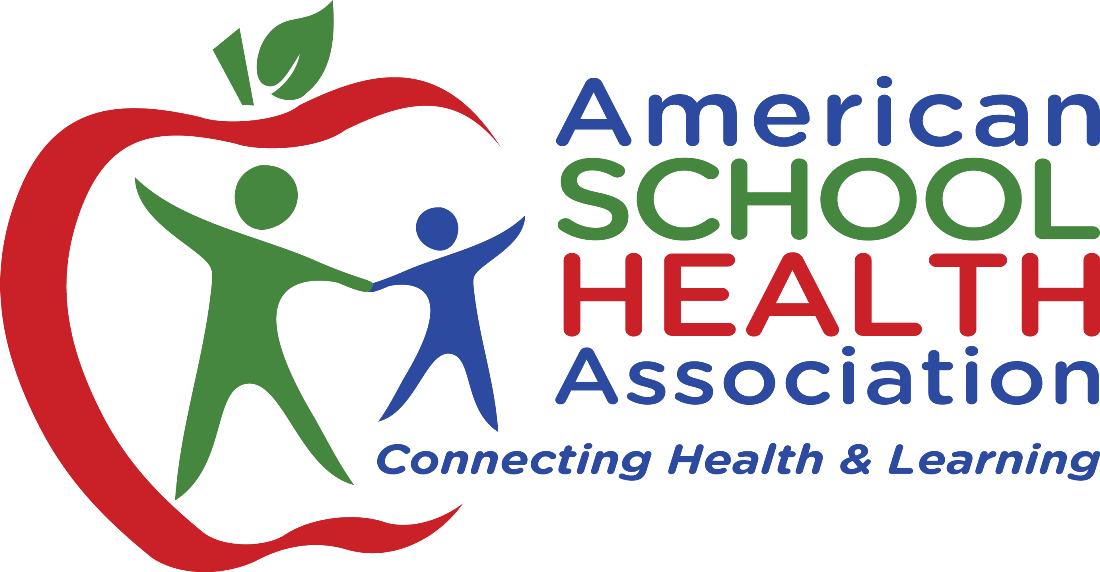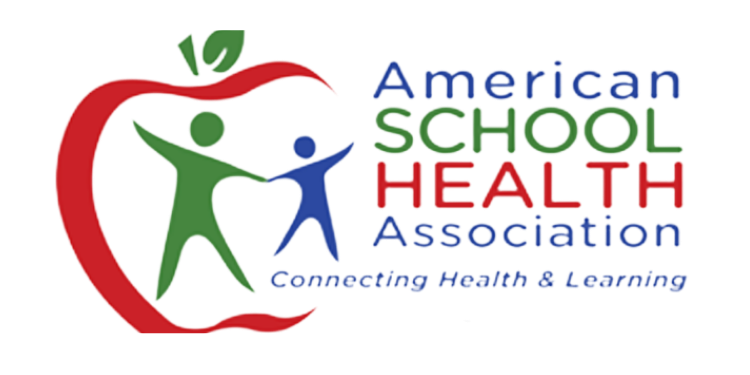Expanding LGBTQ Inclusion Within Sex Education
Expanding LGBTQ Inclusion Within Sex Education
Post submitted by Jeanie Alter (she/her/hers), Executive Director, American School Health Association, and HRC Foundation’s Youth Well-Being Team
As a parent to an elementary school child, curious questions about anatomy and reproduction inevitably arise. I take these questions as opportunities to provide developmentally appropriate information to help my child learn about sex, reproduction, attraction and relationships. Research is clear that comprehensive sex education decreases the likelihood of negative sexual health outcomes such as teen pregnancy and contraction of STIs. However, not all schools provide comprehensive sex education. For LGBTQ students seeking LGBTQ-relevant information, it can be even more difficult. A recent policy review revealed that only 22 states include topics related to LGBTQ+ students1.
For Sex Ed For All Month this May, I had a discussion with Human Rights Campaign Youth Ambassador Ash Silcott about their experience with sex education as a non-binary student to better understand challenges LGBTQ students face, and how sex ed can be improved to educate and help all young people.
JA: Can you tell me about your sex ed experience in school so far?
AS: It was very much hetero-centric and focused on long-term monogamous relationships. We learned about anatomy for cisgender people, and about condoms and birth control pills, but not much more. They also strongly preached abstinence, saying if we didn’t want an STI or to get pregnant, we just shouldn’t have sex.
JA: What do you wish your “traditional” sex ed experience would have incorporated to be more inclusive and affirming of LGBTQ students and relationships?
AS: I wish they would even mention LGBTQ topics! I had to figure out how intimate relationships with girls would work because my teachers would not teach LGBTQ-inclusive sex ed. I had no idea how it worked. I felt in the dark and scared. Me and my other LGBTQ friends were forced to do our own research online, and in the beginning, we were getting a lot of misinformation because the sources were not reputable.
JA: What are some non-traditional resources you have used or you have seen other LGBTQ+ youth using to learn more about sexual health and wellness?
AS: I went to an OWLs – Our Whole Lives – class. It was really different and inclusive of queer relationships and trans bodies. It discussed different types of contraceptives, how to have healthy relationships, etc.
JA: Is there anything else you wish had been included in your school’s sex ed classes?
AS: Besides teaching about LGBTQ+ identities, I wish it included how to have healthy relationships in a gender-inclusive and non-heteronormative way. Classrooms include intersex students, students who are non-binary, students who are transgender. Using cisheteronormative statements like, “boys have a penis and girls have a vulva” is not only factually inaccurate, it doesn’t represent the experiences of all students in the class.
As Ash so skillfully highlighted, the full benefits of comprehensive sex education are not accessible to many LGBTQ+ students. A recent article in ASHA’s Journal of School Health highlighted the importance of making schools more supportive and safe for LGBTQ+ students2. Full adoption and implementation of the Whole School, Whole Community, Whole Child model3 ensures that student health and well-being is central and that supports are coordinated within the school and across the community.
For more information, check out HRC’s Project THRIVE Initiative and the American Sexual Health Association.
1. https://onlinelibrary.wiley.com/doi/10.1111/josh.12987
2. https://onlinelibrary.wiley.com/doi/10.1111/josh.12996
3. https://www.cdc.gov/healthyyouth/wscc/model.htm



